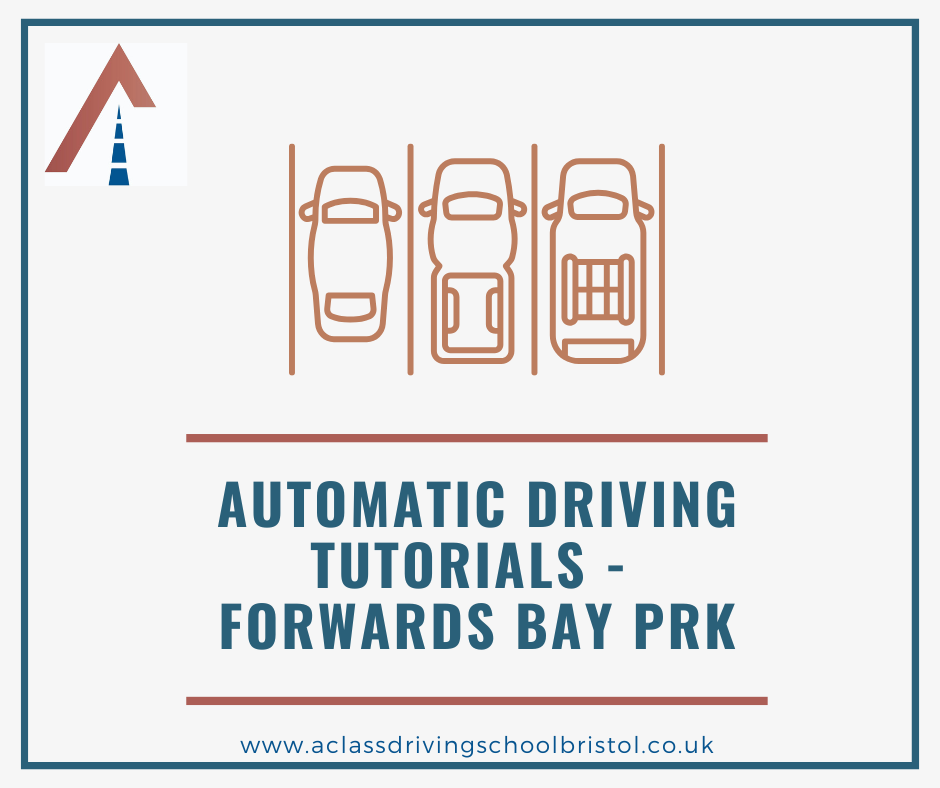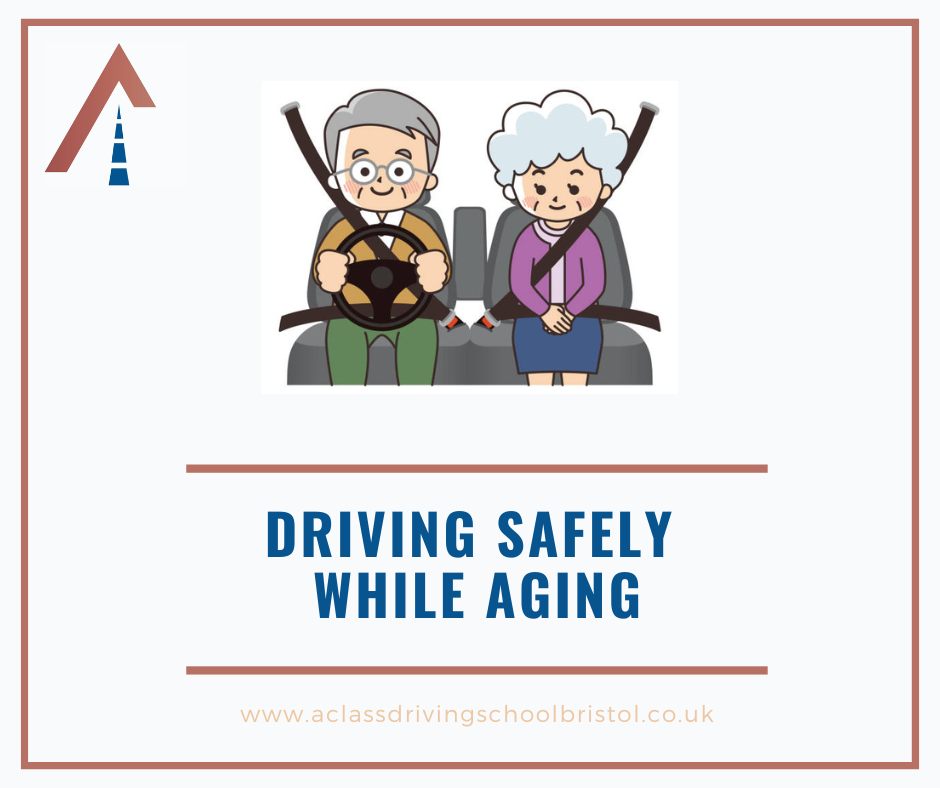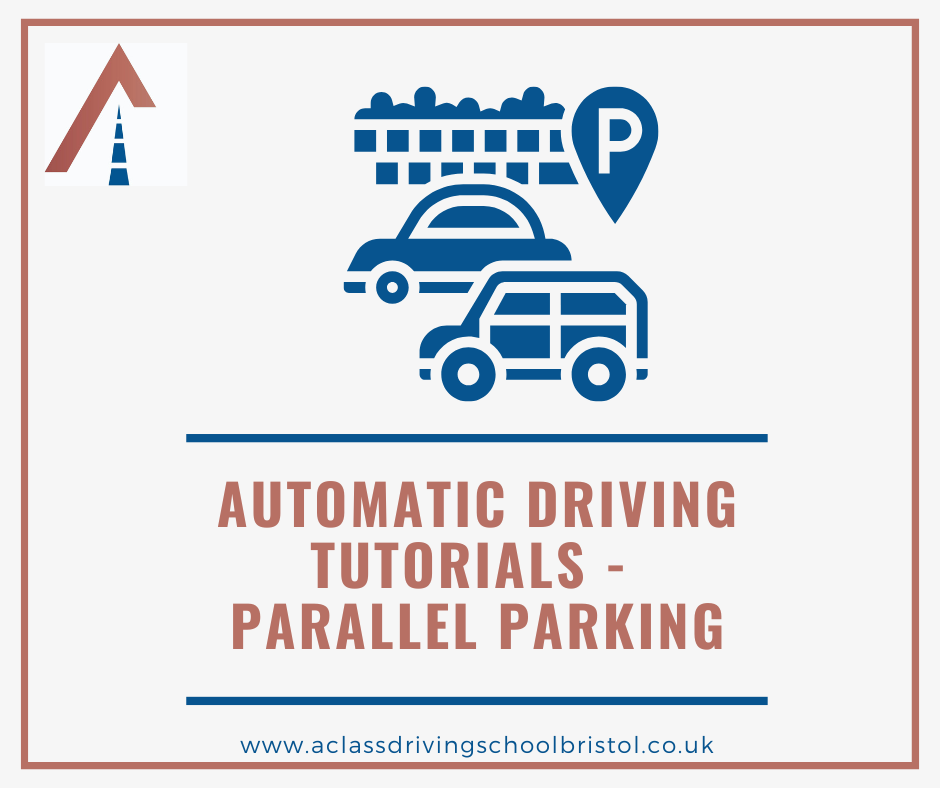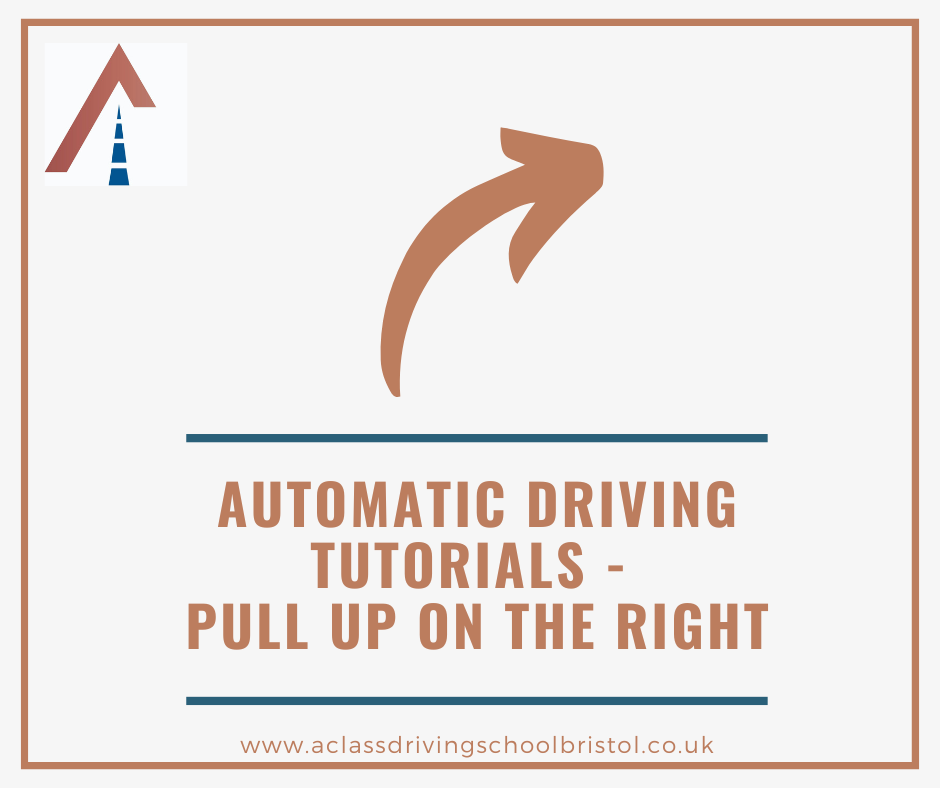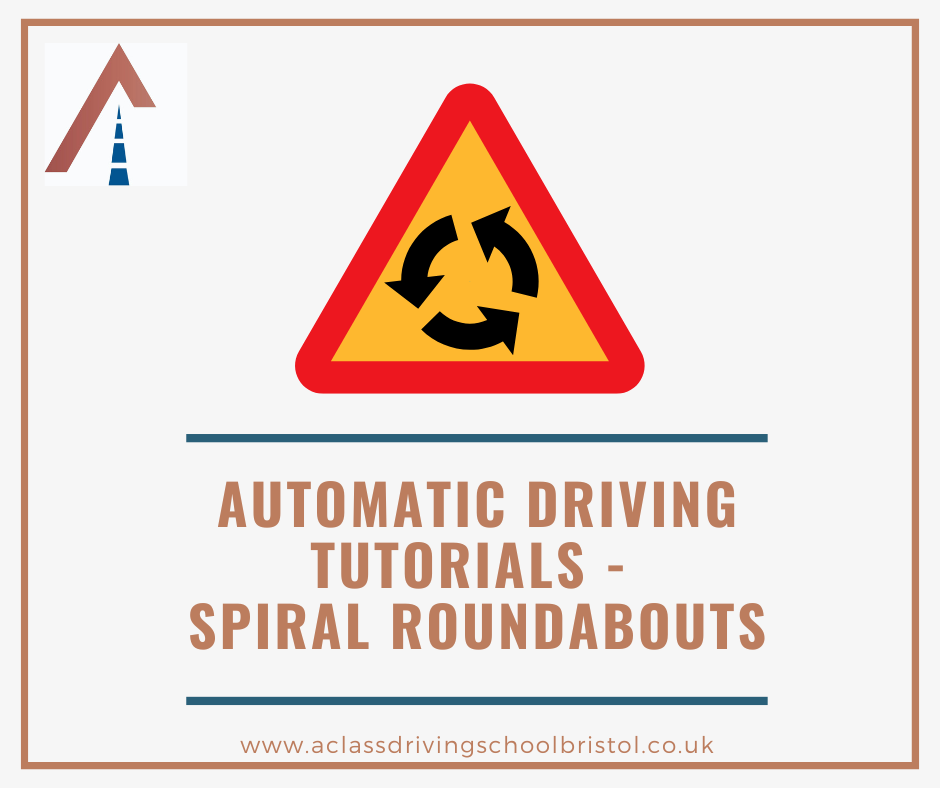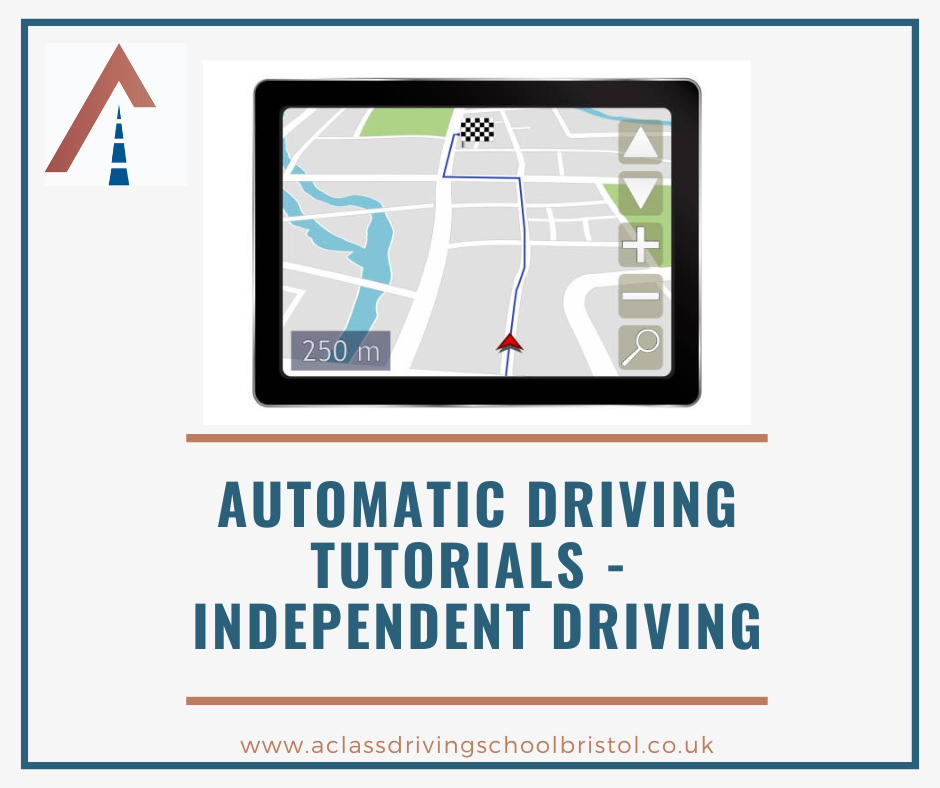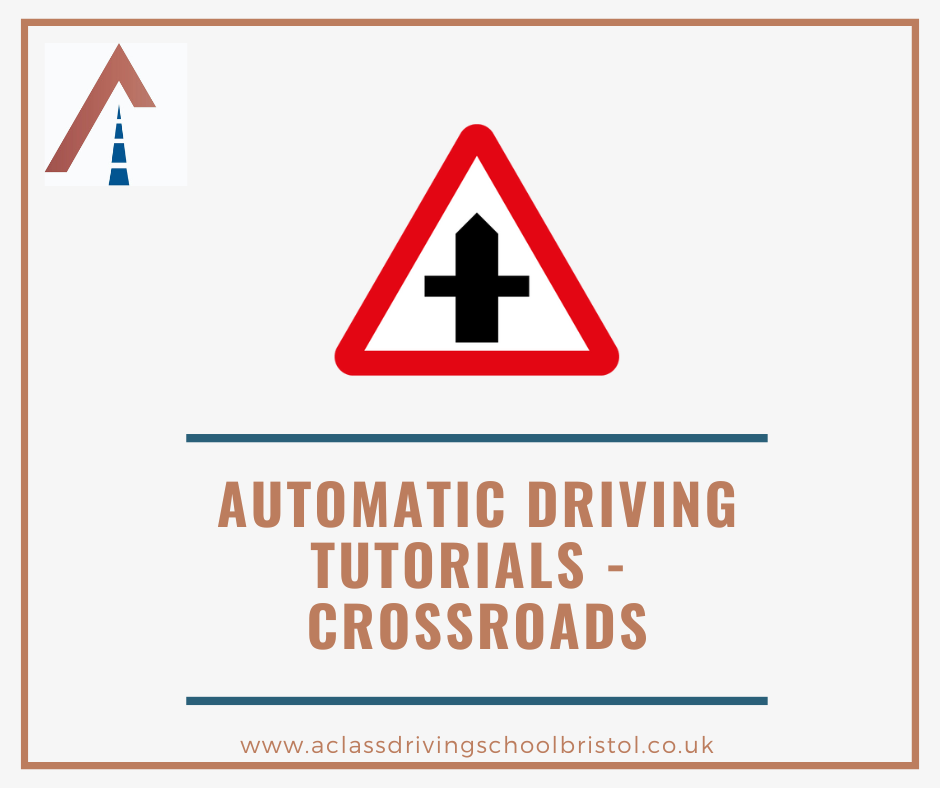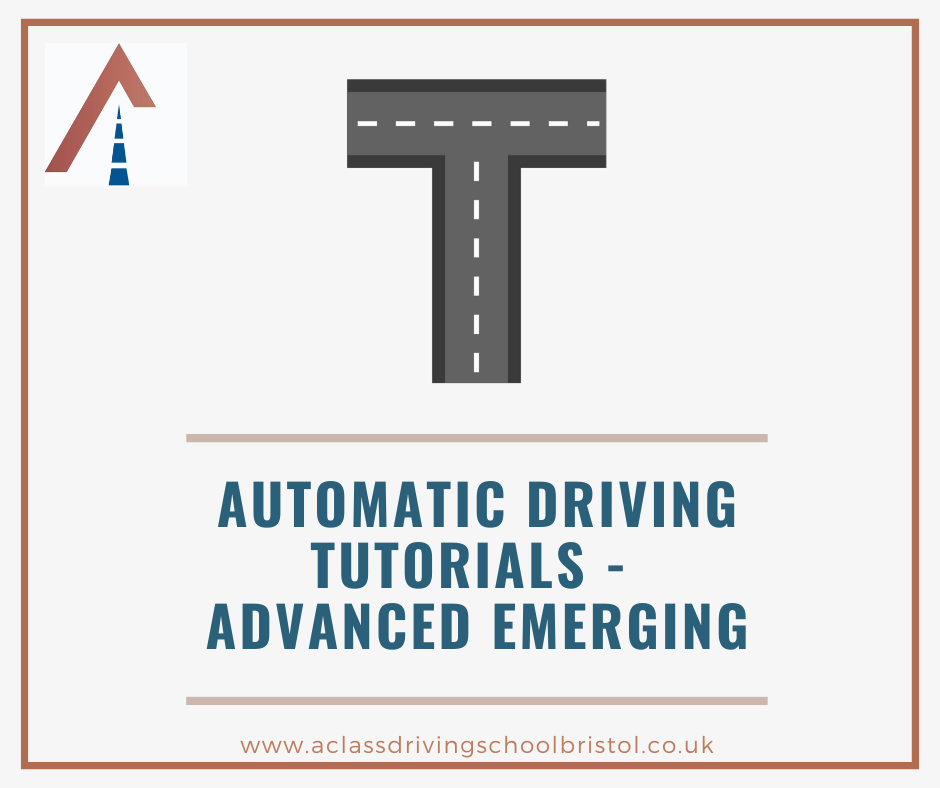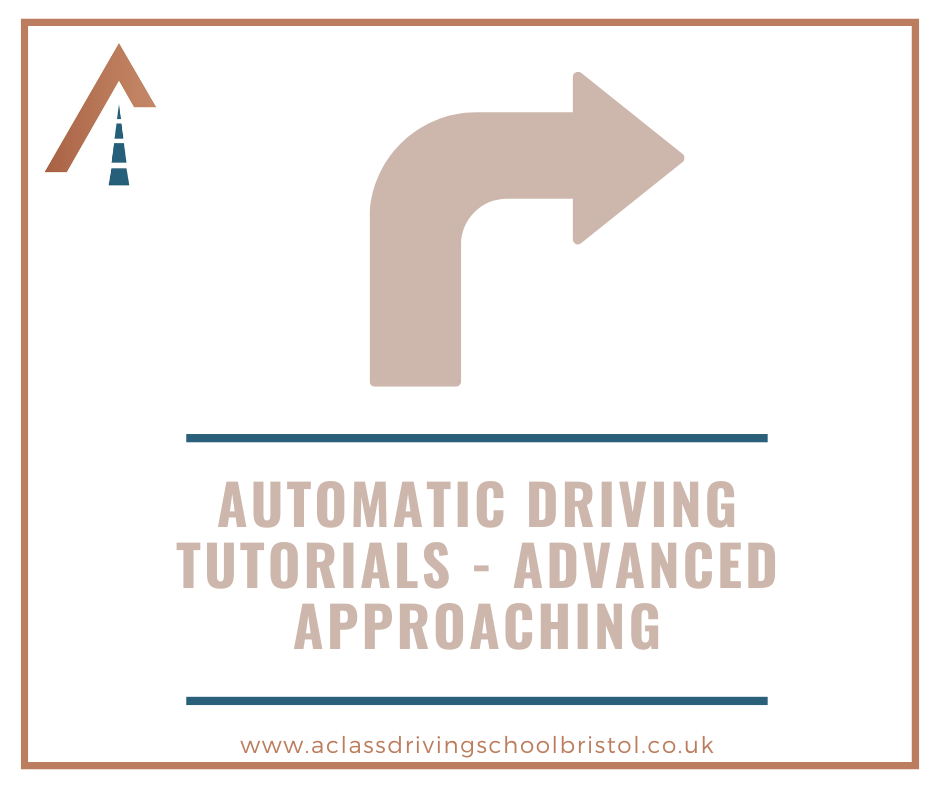Moving Away and Stopping Cheat Sheet
Moving Away and Stopping, the basics - Cheat sheet for parents
I've decided to keep creating these driving lesson cheat sheets for parents, to assist them in teaching their children how to drive correctly. Check out the manoeuvres in our online Tutorial here.
Moving away and stopping is a vital skill core skill and often neglected to perfect before taking a test. There are 3 moving away exercises the examiner will ask to see performed on the exam. The hill start, pulling away on a busy road and from behind a parked up car. These are a little more advanced and will be covered later. Students will also be pulled over for the start of the independent driving section, the manoeuvre and possibly the emergency stop (time depending). If the exam looks like finishing early, the examiner will slow it down with more moving away exercises, making the test as close to 40 minutes as possible. So being able to do this correctly is very important.
Prepare, Observe, Manoeuvre
Otherwise known as POM, is one of the key routines all drivers should learn right from the start. We get the car ready, check that it's safe, then go.
How to prepare
- Clutch down, and into first. This pedal stays down.
- Set the gas with the right foot. 1.5 to 2 RMPs Use the rev counter if needed.
- Find the bite by slowly releasing the clutch. This is about half way up in most cars. You can tell you've reached that point in one of several ways; a vibration change, the bonnet rising slightly and the pitch of the engine noise dropping. Once you have it, keep the left foot still. This is the car prepared.
Next we observe
- The golden rule is DO NOT slow any road users down unnecessarily. If you can do this you're half way there to passing.
- Check the interior mirror, right door mirror and then the blind spot (show the examiner the back of your head). By checking these three places we can tell if it's safe behind us.
Get going
- If it's safe, waste no time and get moving.
- Release the handbrake. The car should immediately start to moving away.
- Slowly release the clutch all the way to the top. It should take 1 to 2 car lengths (that's 4 to 8 meters). Too quick a release will see the car stall.
- Whilst the clutch is rising, the right foot wants to apply more gas. The feet should move like a little set of scales, one up and one down.
- Simultaneously the wheel needs to be turned to come away from the pavement and get the car parallel to the kerb.
- Once away from the kerb and parallel to it with the clutch all the way up, rest the left foot out of the way on the floor. Try not to hover over the clutch pedal. You're now driving.
Mirror, Signal, Manoeuvre
This is the other core routine (MSM) and is used whilst on the move for pulling in and stopping and for junctions.
Check it's safe
- Before any change in speed or position, the mirrors should be checked. The interior one first. Look to see how close the vehicles are behind you. Then you'll know what level of braking to use.
- The left door mirror is next. Checking for cyclists.
Tell people what you're doing. The left indicator needs to be applied.
Then do it, manoeuvre.
Which can be broken down into 3 smaller components of Position, Speed and Look (making the routine actually MSPSL).
- If the space on your left is safe, move into it, gently, towards the kerb.
- We know full well we're stopping here, so as soon as you know you have the momentum to get to your final position, the clutch needs to be dipped al the way down. The left foot stays down.
- The right foot does what ever braking it needs to to finish in your parking place.
- Try to look at stopping somewhere deliberate. Next to a tree, a certain raised portion of pavement, not in front of someone's driveway. Having a target will help in learning what level of braking to apply to achieve a certain result.
- As you are pulling in, straighten the cars position with the steering wheel to be parallel to the kerb. The brake and the clutch should remain down.
- Apply the handbrake, put the car into neutral, cancel the signal, then release the feet. You are done.
Practise POM and MSM
These routines are so important for learners. It's multi-tasking on a level they've never come across before, they need structure to form muscle memory which so much of driving relies on. Practise this enough so that they can do it without any help before moving on. Start with staying in first gear a couple of times, then get them into second gear before pulling over.
Combing POM and MSM will be imperative for junctions, especially emerging (give way junctions) and stopping for things like traffic lights. So make sure this is in place before moving on.
One last thing...never park on the kerb. It's an instant fail come test day. Look to park about a big shoe size from the kerb.

